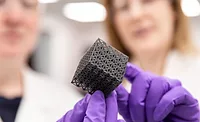Advancing Adhesives
Accelerating 3D Printing for Industrial Manufacturing
Henkel’s Adhesive Technology business enters the 3D printing market.

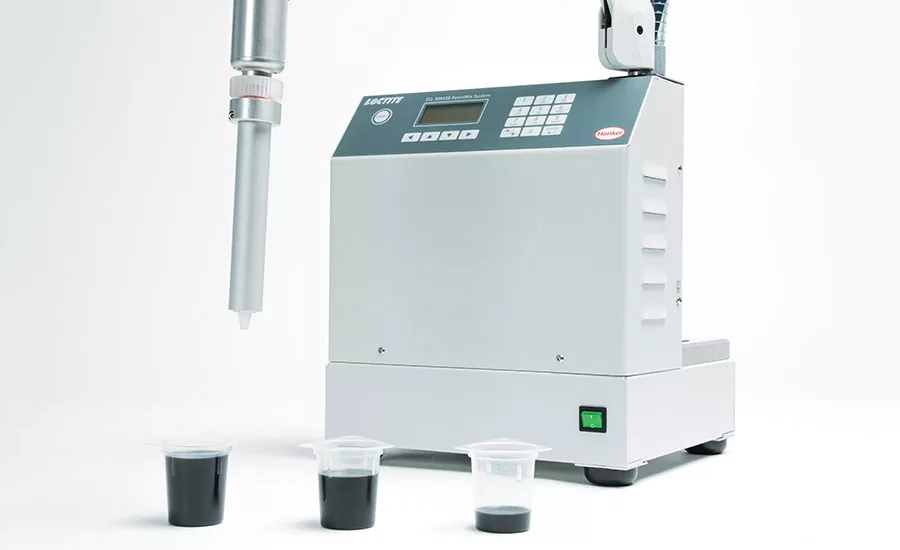
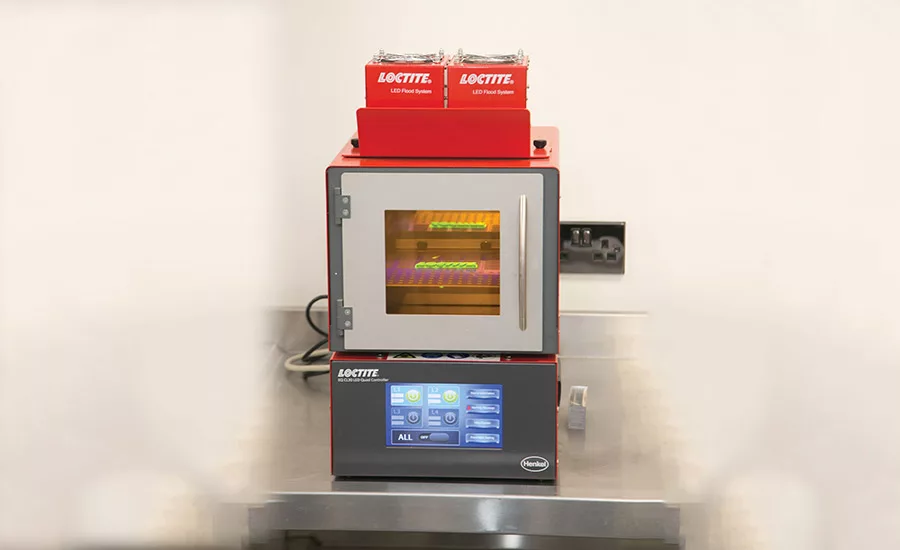
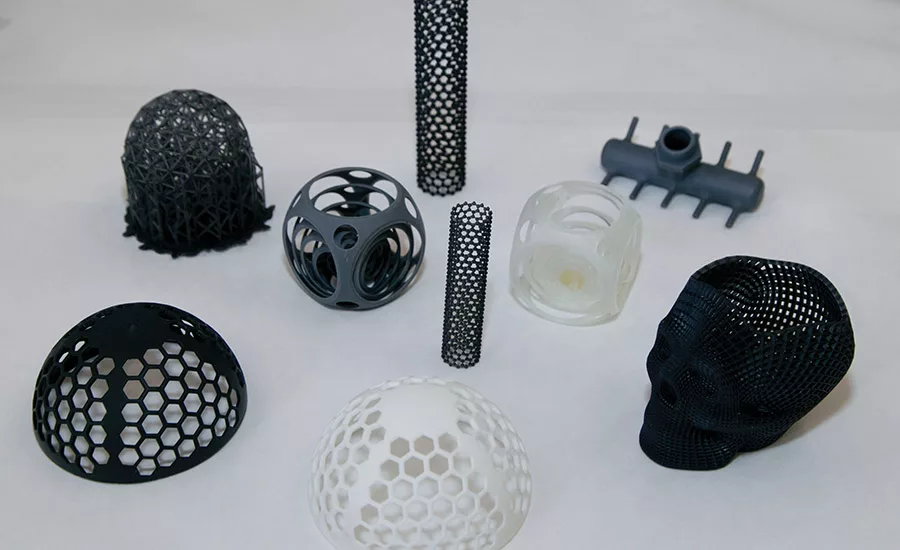
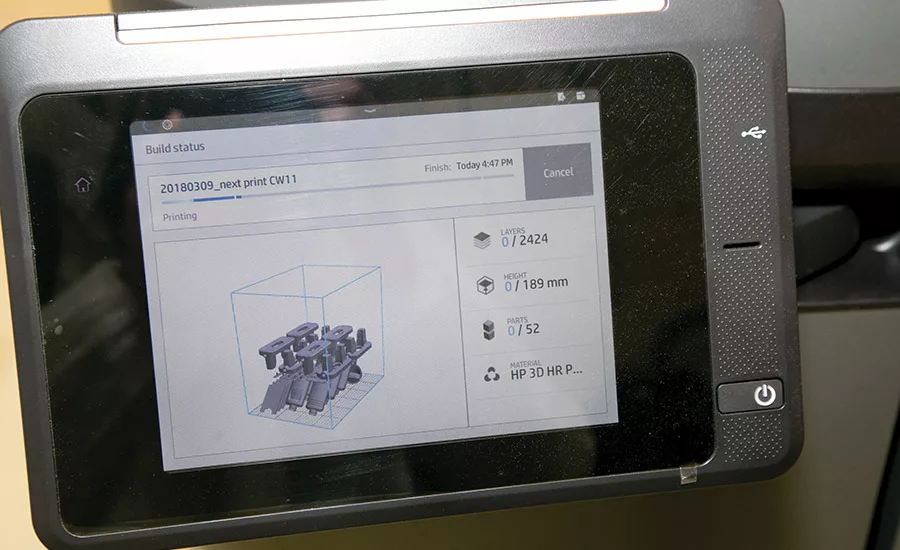
Based on strategic partnerships with technology leaders such as Hewlett-Packard Co. (HP) and Carbon 3D, as well as investments into its R&D and application capabilities, Henkel intends to accelerate additive manufacturing processes beyond prototyping to final parts production with a growing portfolio of 3D printing solutions, including advanced materials, services, and equipment.
The worldwide interest in 3D printing (3DP), or additive manufacturing, continues to grow rapidly. The market for 3DP was recently estimated at $5 billion; by 2020, the market is expected to jump to $10-20 billion. Companies agree that 3DP technologies and materials have the potential to change value chains and businesses across many industries.
Currently, many companies are using the technology primarily for visualization and design prototypes, but nearly all industry experts say that 3DP will become a larger part of the general manufacturing process. It will reduce commercialization time and costs while also enabling the production of customized products—from automotive to medical and even footwear. For that to happen, the development of advanced and customized materials needs to change.
3DP is a new mountain to climb for Henkel, but one that the Adhesive Technology business unit is aiming to tackle. “We are convinced that this is the market to get involved with next,” said Michael Todd, global head of innovation at Henkel Adhesive Technologies.
A Layered Approach
Advancing into 3DP is not a sudden move for Henkel Adhesive Technologies. The adhesives business unit—which makes up roughly 50% of Henkel’s annual sales—has been expanding its presence and know-how in additive manufacturing for the past several years.
Henkel first made its move into 3DP in 2013 when it teamed up with the Dutch design and architecture startup DUS Architects to construct a 3D-printed house façade using Henkel hot-melt adhesives. Known as the canal house project, a giant 3D printer is printing 42 components for the façade and interior walls. In 2015, Henkel also supplied a specially formulated polyamide for a dynamic 3DP façade of the “Europe Building”—a mobile conference building in Amsterdam for the Dutch EU Council Presidency.
At its Heidelberg, Germany, site, Henkel has started to integrate 3DP into its application development process for the automotive industry. By creating 3D-printed functional prototypes for the testing of novel acoustic and structural solutions, the company leverages the inherent speed of the technology and reduces the requirement for prototype tooling. Henkel can now 3D print a CAD-data part and test it before a final design has been confirmed. This process accelerates the time to design and validate solutions for automotive weight reduction and acoustic performance improvements.
A Network of Leaders
Based on its experience with the first projects for prototyping and parts printing, Henkel started to develop customized materials for use in additive manufacturing. These include novel UV light-cure resins, as well as powder-based materials that are specified for different printer technologies such as stereolithography (SLA), digital light processing (DLP), selective laser sintering (SLS), or multi-jet fusion (MJF). In this way, the company is making use of its industrial assembly process expertise across a variety of different markets.
“We specifically use our material know-how combined with our deep understanding of customer requirements across various industries to develop solutions for the 3DP market,” explained Todd. “Our existing technology portfolio which we apply to 3DP puts us in a unique position to become a champion for all industrial additive manufacturing solutions.”
To get a better understanding of the market requirements and to gain access to leading 3DP technologies, Henkel has built strategic partnerships. The company refers to its 3DP ecosystem when talking about these collaborations with disruptive players in the market. This ecosystem includes Carbon and HP, among others. Through the combined knowledge of materials and technology expertise, Henkel’s goal is to create a win-win situation for the partners: Henkel aims to leverage its know-how to develop novel solutions for industrial manufacturing while the partners benefit from the companies’ understanding and access to the entire industrial manufacturing value chain.
The company is working in HP’s open materials community to develop materials for its powder fusion-based Jet Fusion technology. “Henkel has been a champion of HP’s open approach to materials development since joining HP’s Open Platform for materials last year,” said Fabio Annunziata, business director of 3D materials for HP. “They’ve since extended the commitment beyond materials to include HP’s Multi Jet Fusion technology, becoming the first global reseller for HP’s Jet Fusion 3D printing solutions. Both companies are centered on innovation, and our ongoing collaboration is a win-win as we look to accelerate the digital transformation of the $12 trillion manufacturing industry.”
Together with Carbon, Henkel is working on materials and specialized dispensing equipment for polymerization-based 3D printing technologies. The companies have developed a meter/mix and dispense device (MMD), a resin dispensing system and an accessory to Carbon’s SpeedCell manufacturing system that allows for proper dispensing of Carbon’s materials in bulk quantities. In addition, Henkel is beginning the development of Loctite resins for Carbon’s materials ecosystem.
“These collaborations with 3DP technology leaders enable us to leverage our broad materials know-how and customer access to develop new solutions for the industrial manufacturing,” said Philipp Loosen, head of 3DP at Henkel. “Thus, we are constantly looking for additional value-adding partnerships alongside the 3DP value chain.”
Total Solutions
In addition to material development and technology partnerships, Henkel’s 3DP initiative also aims to increase the portfolio of specialized equipment and solutions that enable professional post-processing of printed parts. The end-part finishing is of great importance—as soon as the parts are removed from the printers, the automated push-button process becomes a manual operation, which impacts time, costs, and quality. Henkel offers a variety of post-processing solutions that are an integral part of every 3DP process today, both for metal and plastic materials. To enable customized solutions for its customers, the company offers a comprehensive post-processing guide for limitless assembly.
“Based on our existing product portfolio within Adhesive Technologies, we want to offer our customers improved end-to-end process efficiency, enhanced performance and durability of printed parts, as well as improved reliability of the final system assembly,” Loosen said.
To engage its customers and to bring the 3DP technologies to the market, Henkel is also investing in the expansion of its R&D and application capabilities. The company is setting up three 3DP centers as regional hubs for Europe, North America and Asia. In Tallaght, Ireland, near Dublin, the European center is closely connected to Henkel’s existing R&D and production plant for resins.
“The idea is to create a global customer engagement center enabling technology presentations, demos, trainings and testing of 3DP solutions across industries,” Loosen explained. Therefore, the facility is equipped with HP and Carbon printers, as well as with state-of-the-art application capabilities. Henkel’s additional 3DP application centers in Rocky Hill, Conn., and Shanghai, China, provide training, demonstration, and application capabilities targeting customers within the respective regions. ASI
For more information, visit www.henkel.com.
Henkel’s 3D Initiative
Philipp Loosen, head of 3D Printing for Henkel, discusses the company’s 3DP strategy and initiative.
Why is Henkel engaging into 3D printing?
“3D printing has a huge potential to get part of the manufacturing value chain across many industries. The technology is evolving with high speed, and we see a growing interest in additive manufacturing processes from our customers. We have a longstanding leading position in industrial assembly processes and, based on our material science and application know-how, we believe that we are well-positioned to support this development and to accelerate the route to market.”
What is your strategy?
“We want to sit in the driver’s seat. We believe that the full potential of additive manufacturing will come by identifying the right customer application and focusing the right materials, with the right printing process and leveraging the right software. No one company can achieve this alone. Therefore, we are partnering with strong technology leaders such as HP and Carbon who already have developed exciting technologies for 3D printing solutions. This growing ecosystem enables us to leverage our broad materials know-how and customer access to develop new solutions for industrial manufacturing.”
What will be Henkel’s contribution for 3DP solutions in parts production?
“We want to offer total end-to-end process solutions to our customers. We already provide advanced Loctite materials tailor-made for different printing technologies to our partners. This includes UV-curable resins and powder-based polymers. We also have developed customized equipment for mixing, dispensing and even printing, and offer the technical service that is critical for integration with industrial processes. In addition, our market-leading post-processing technologies and applications for various industries enable the assembly of 3D-printed parts.”
Can you give examples of first promising target applications?
“We are already involved in several confidential projects we cannot disclose. As global reseller for HP’s Jet Fusion printers, we now will start reaching out to the design and engineering experts of our industrial customers in many different markets such as automotive, machinery, and equipment or consumer goods. This will further accelerate the identification of target applications. In addition, we have identified concrete 3DP applications within our own production processes that we will follow up with, but it is too early to talk about.”
Looking for a reprint of this article?
From high-res PDFs to custom plaques, order your copy today!



